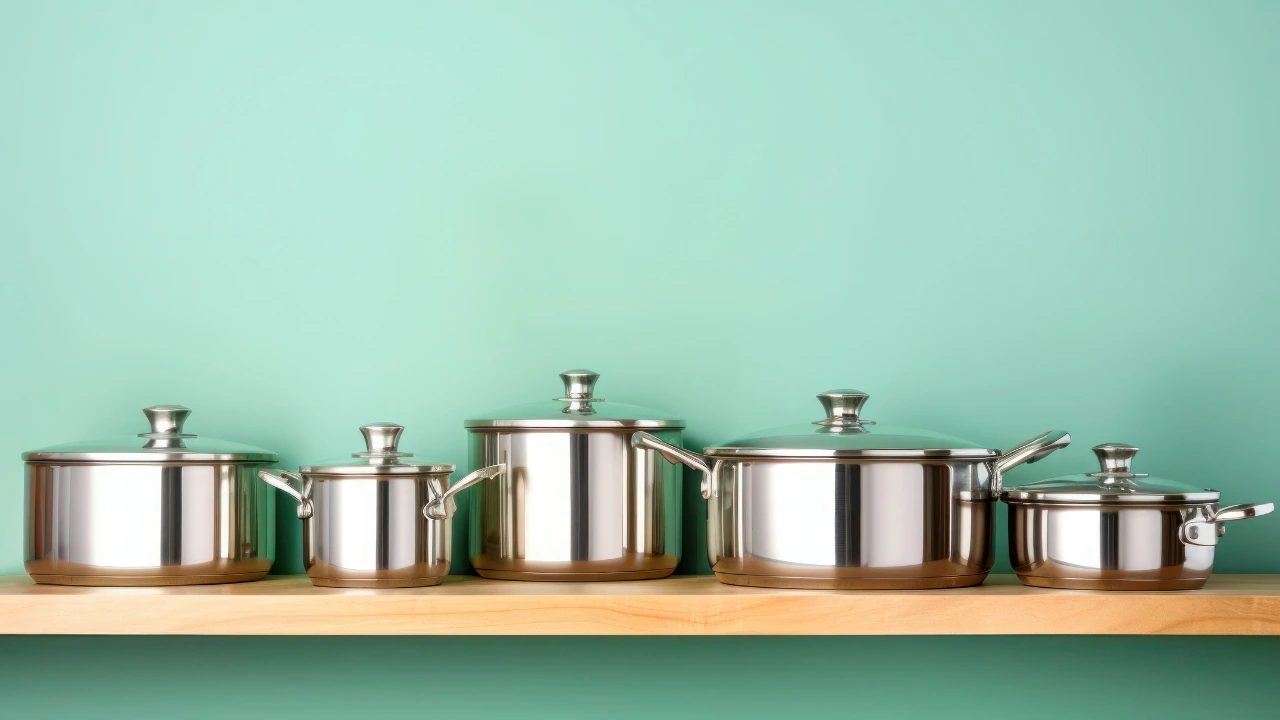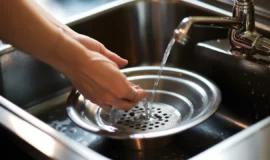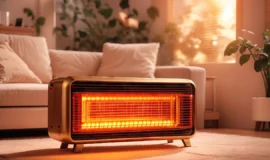
The right choice of cookware in the kitchen can help you ease the cooking process. Opting for the right cookware is as important as opting for the best kitchen hood and other kitchen accessories. As many people opt for non-stick material cookware, let’s have a quick look at the Ceramic vs Teflon vs Marble Coating Cookware, along with their pros and cons.
Ceramic Coating Cookware
A pan, pot, or any type of cookware with a thin ceramic layer on the top is known as ceramic-coated cookware. But that’s not just it, and there is a complete procedure for it. However, these ceramic coatings are not entirely ceramic and are made of sol-gel coatings containing sand (silica) or other inorganic chemicals. This sol-gel is sprayed on the pans or pots, which are then heated at a very high temperature between 400 and 800 degrees Fahrenheit. This makes it stick firmly and gives the non-stick surface on the top of the cookware.
Pros and Cons of Ceramic Coating Cookware
| Pros | Cons |
| Free of all the harmful chemicals such as PFOA, PFAS, PTFE, lead, or cadmium | Sensitive coating due to the lack of heavy chemicals |
| Non-stick surface | Less durable than the other options |
| Easier to clean | Does not suit high-heat cooking |
Teflon Coating Cookware
Teflon is a brand name that offers non-stick cookware with a chemical coating of PTFE, also known as polytetrafluoroethylene. PTFE is a synthetic chemical that has a non-reactive nature, which makes the cookware non-stick. However, many people raised concerns about whether Teflon is safe to use. But now it is considered safe as long as the temperature does not exceed 260°C.
Pros and Cons of Teflon Coating Cookware
| Pros | Cons |
| Non-stick properties | Not as durable as ceramic or marble coating |
| Water and stain repellent | Have a shorter lifespan |
Marble Coating Cookware
The marble-coated cookware is a combination of marble dust and a non-stick material like PTFE or ceramic. The layer of tiny marble particles is attached to the surface of the cookware, which creates a non-stick coating. This non-stick layer acts as a scratch-resistant coating. Just like other non-stick surfaces, marble-coated cookware should also not be overheated to avoid the release of harmful chemicals.
Pros and Cons of Marble Coating Cookware
| Pros | Cons |
| More durable due to the scratchless nature | Metal utensils can cause scratches on the surface |
| Easier to clean | Requires proper care for longevity |
| More heat-resistant compared to other non-stick materials | |
| Visually appealing finish than others |
Ceramic vs Teflon vs Marble Coating Cookware: Which is Better?
Let’s have a quick comparison between the ceramic, Teflon, and marble coating cookware in the given table:
| Features | Ceramic Coating Cookware | Teflon Coating Cookware | Marble Coating Cookware |
| Heat Tolerance | Should not exceed 400°F and 800 °F | Should not exceed 500°F | Should not exceed 400°F and 800 °F |
| Scratch Resistant | Higher chances of scratches | Yes | Yes |
| Ease of Cleaning | Yes | Yes | Yes |
| Lifespan | Lasts for a long time | Shorter than others | Can be used for many years |
| Durability | Fair | Less durable than others | Excellent |
Conclusion
To sum up, the right cookware is an essential part of the kitchen that eases the cooking process. However, as people are highly attracted to the non-stick cookware, you need to opt for the right option. A difference between ceramic Teflon vs Marble Coating Cookware in the blog will help you choose.








Leave a Reply